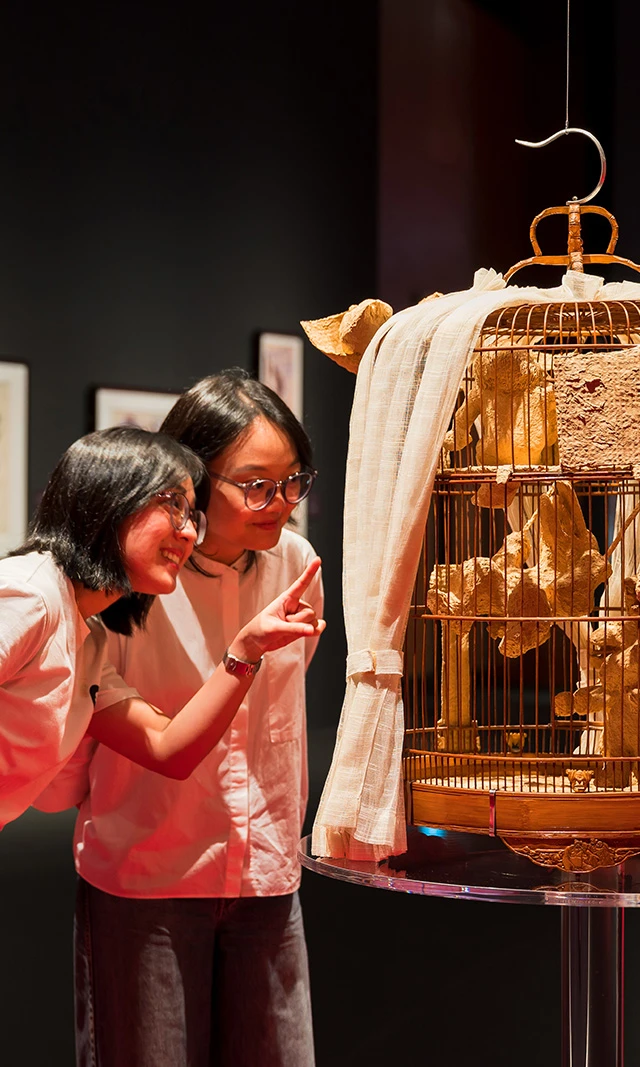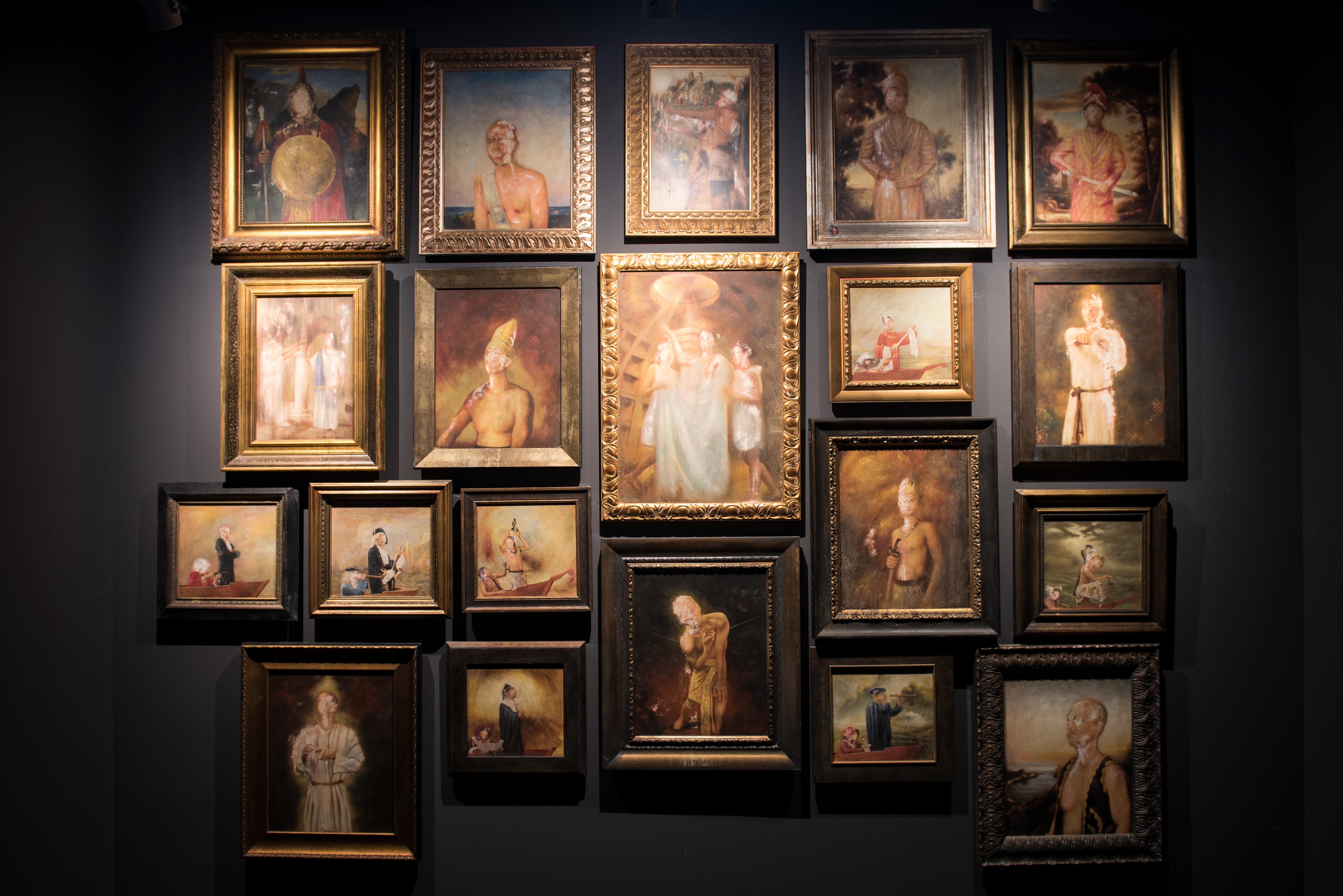Stop 13
Utama–Every Name in History is I
Ho Tzu Nyen
Artwork
213.Utama–Every Name in History is I(0:00)
0:00
0:00
The installation unravels through the legend of Sang Nila Utama, a Srivijayan prince from Palembang who founded the Kingdom of “Singhapura” in the late 13th century. The name “Singapore” has its origins in the Malay word, “Singapura”, meaning “Lion City”. Ho draws upon anecdotal and received oral histories, together with his creative re-readings of the Sejarah Melayu or Malay Annals, to tell the story of Utama.
The reference here to a pre-colonial past presents an interesting counter point to the received narrative of Singapore’s history; one that is commonly understood to begin with the arrival of Sir Stamford Raffles and his compatriot William Farquhar.
Seen as a formative work by Ho, Utama questions history, through an artistic lens. It laid the groundwork for a rigorous interrogation of how history as a construction of the past is malleable. History, the artist posits, is subject to change. Utama marked a significant turning point in the history of recent art in Singapore.
Related Media
The story of Sang Nila Utama, who stayed at Bentan.
[...] Sang Nila Utama with his attendants, immediately landed on the sands, and went to amuse themselves on the plain near the mouth of the river Tamasak.
There they saw an animal extremely swift and beautiful, its body of a red colour, its head black and its breast white, extremely agile, and of great strength, and its size a little larger than a he-goat. When it saw a great many people, it went towards the inland and disappeared. Sang Nila Utama enquired what animal was this, but none could tell him, till he enquired of Damang Lebar Dawn, who informed him that in the histories of ancient time, the singha or lion was described in the same manner as this animal appeared. This is a fine place which contains so fierce and powerful an animal.
Source: “The story of Sang Nila Utama, who stayed at Bentan.” Malay Annals. Translated by Dr. John Leyden. London: Longman, Hurst, Rees, Orme, and Brown, 1821, pp. 40-45.










